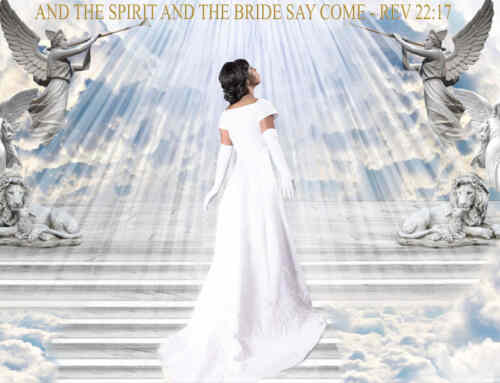Dinosaurs fascinate us as they did the inspired writer of Genesis. We imagine vivid images of dread-inspiring beasts who once ruled earth. Dinosaurs belong to the fifth creative day (Genesis 1:20-23). The original Hebrew employs awestruck language to describe them as “great monsters,” “swarming sea creatures,” and “winged creatures.” The word “whales” in the King James Version is simply incorrect.
Current geophysical estimation of earth’s atmosphere during this period would point towards the fifth “day” (or epoch – a period of time much longer than 24 hours) as a time of very low oxygen concentrations in the atmosphere. Were we able to step into a time machine and visit during this epoch, we could not breathe the atmosphere without an air pack. The scientific consensus over the last several decades is that the age of dinosaurs (Cretaceous) came to an end when a planetary-wide disaster of a large 3-mile diameter meteor impacted the earth. The very large dinosaurs did not survive this catastrophe, but the smaller flying ones did. Birds are dinosaurs who are able to accomplish the most demanding of tasks in the animal kingdom – flight – and they are capable of doing this at altitudes where humans would pass out from lack of oxygen. Birds exhibit care and love for their young and the evidence suggests some of the larger land-based dinosaurs did so also – the footprints of the herds show that the young and infirm were protected at the center of the herd.
Additional Resource:
For children, parents and Bible class teachers:
Animated video: When did the dinosaurs live?














